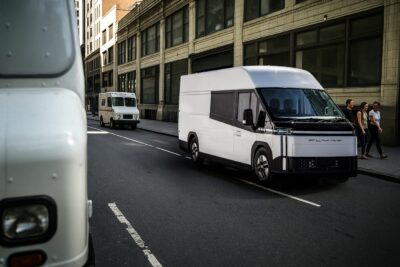India starts phase 2 of FAME subsidy programme
In India, the second phase of the national electric mobility subsidy programme FAME, launched in 2015, will come into force on 1 April 2019. FAME 2 will run for three years and has a budget of 100 billion rupees (1.24 billion euros).
FAME stands for ‘Faster Adoption and Manufacturing of Hybrid and Electric Vehicles’ whereby hybrid vehicles will no longer be supported in the next phase reportedly. FAME 2 comes into force with a long delay and, conversely, required a multiple extension – precisely four times by six months each – of the first programme phase. This has been the case since 2017.
While a total funding amount of 8.95 billion rupees (around 110 million euros) has been distributed since 2015, expenditure is expected to multiply in the second phase. According to the New Indian Express, this is a sign of the importance that India’s political decision-makers are now attaching to the electric mobility sector.
According to the government, the funds will be used over the next three years to support the purchase of one million electric two-wheelers, 500,000 electric tricycles, 55,000 electric four-wheelers and 7,000 electric buses. While the programme allows private applicants for two-wheeled vehicles, the other targets are primarily aimed at electrifying public transport and commercial services such as taxis and three-wheeled rickshaws.
In addition to incentives for electric vehicle purchase, the government also wants to encourage more e-mobility by installing charging infrastructure. There are 2,700 charging stations in conurbations, among other places. The long-term goal is to connect one charging station each in a 3×3 km grid.
Moreover, the Indian government recently lowered import duty on parts of electric vehicles from 15-30 per cent to 10-15 per cent, effective 30 January. At the same time, the Central Board of Indirect Taxes and Customs (CBIC) is now charging customs duty for battery packs for EVs, which were previously exempt.
Both moves make sense in the light of the government’s investment in battery production within India with a new factory being built and three more in planning. India is gearing up EV infrastructure and specifically domestic production of electric two and four-wheelers now being manufactured in the country.





1 Comment